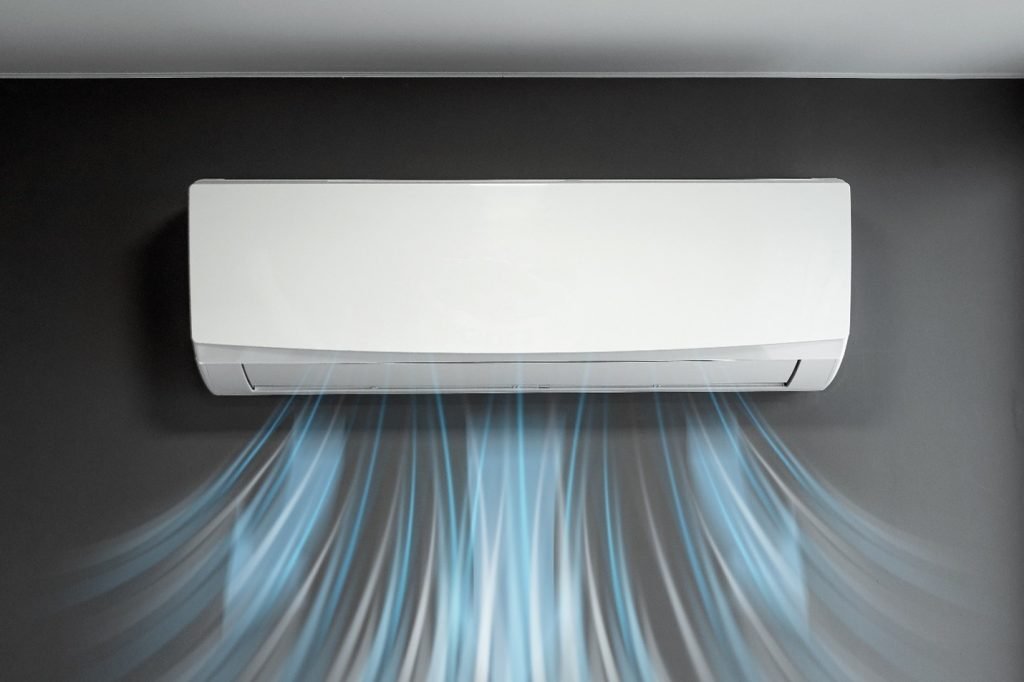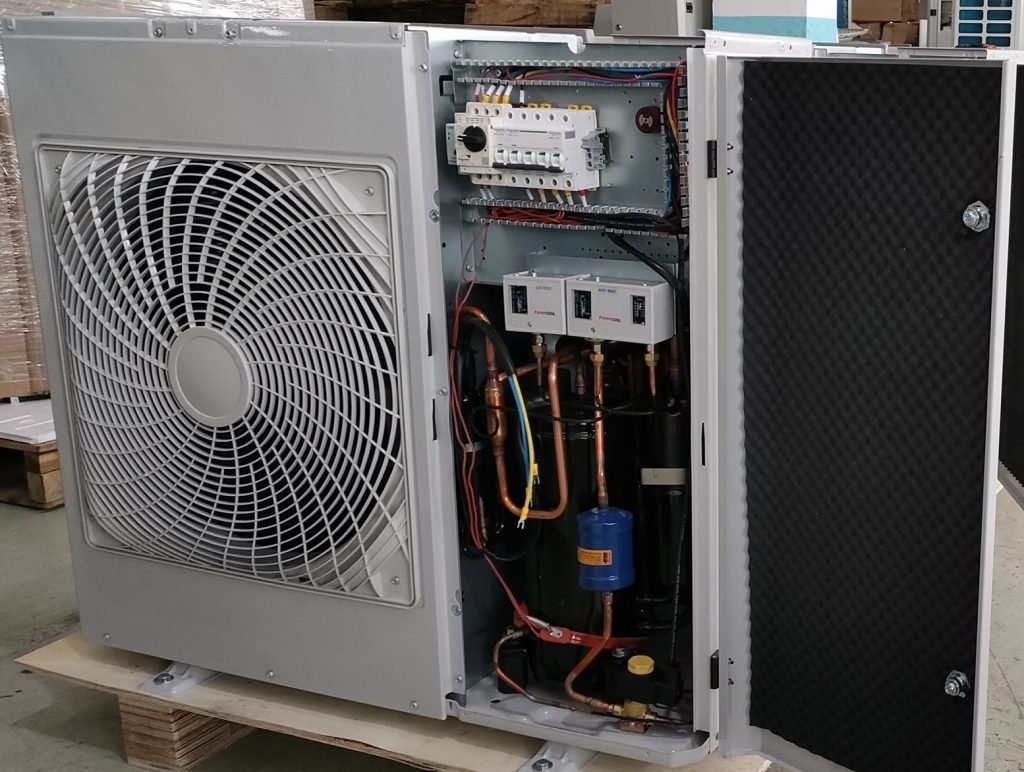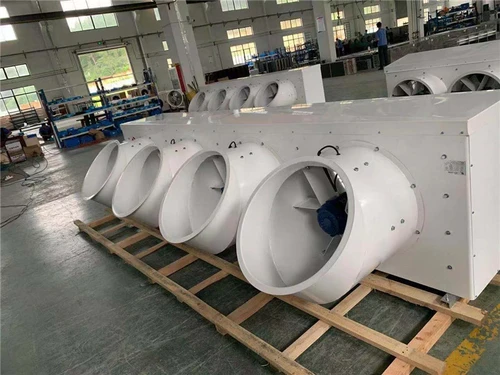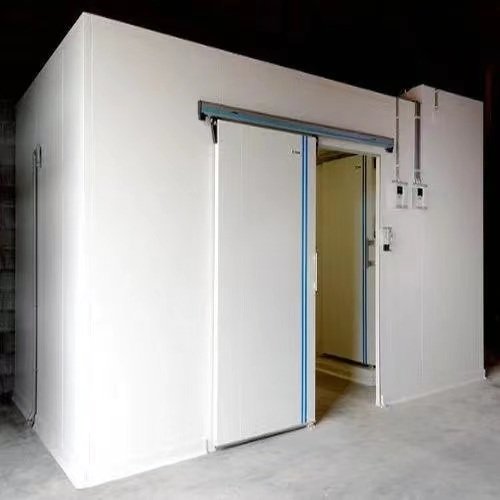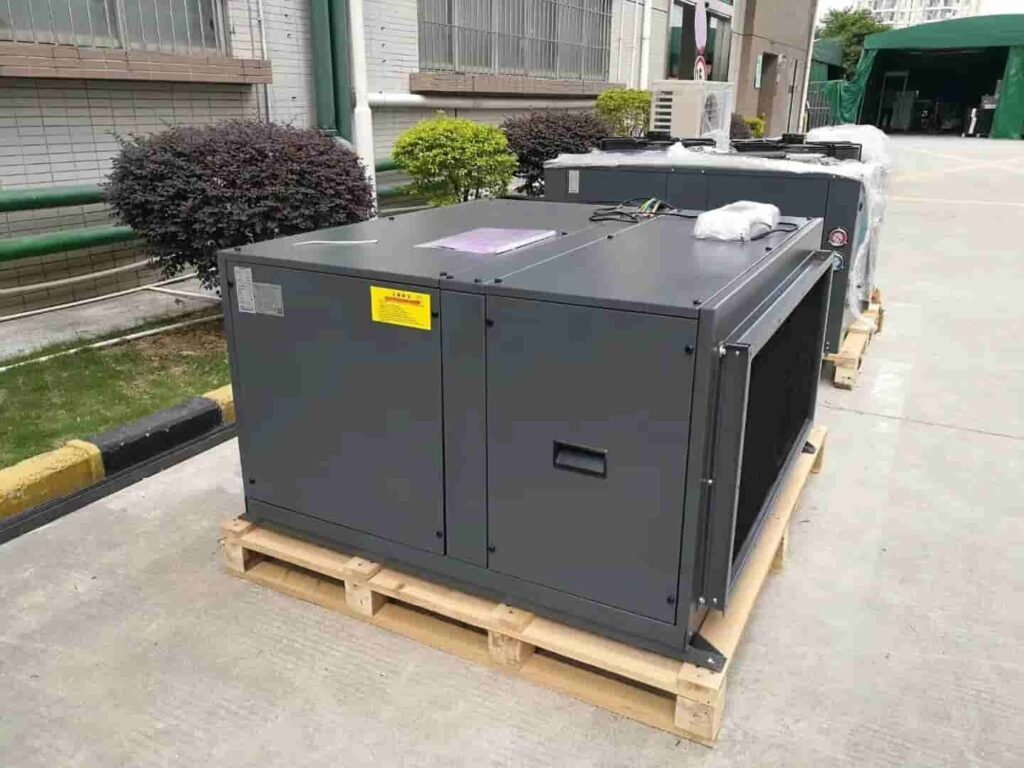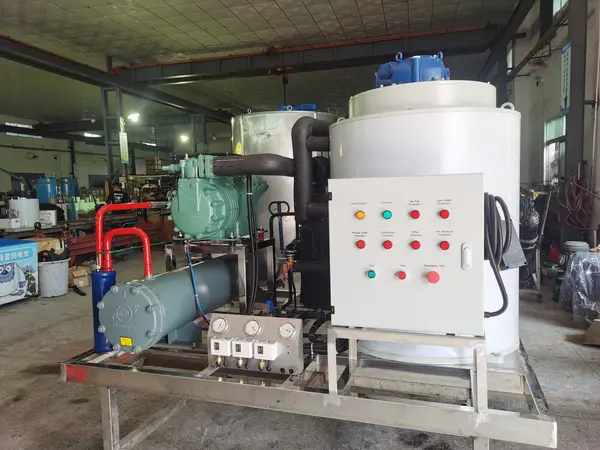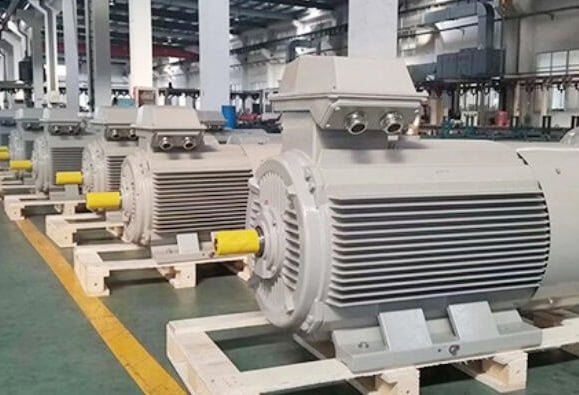銅パイプの断熱とは何ですか
銅パイプ断熱は、熱損失またはゲインを最小限に抑えるために、銅パイプの周りに熱断熱材を包むプロセスを指します. これは、室温を維持するために重要です, エネルギー効率の向上, 環境損傷からパイプを保護します. これは、住宅と商業の両方の配管システムに特に関連しています, 特に暖房で, 冷却, および配水用途.
なぜそれが重要なのか
絶縁銅パイプは、熱損失を減らすことで暖房コストを削減できます, 凍結によるパイプの損傷から保護します, 腐食を防ぐことでパイプ寿命を延長します. 例えば, 調査では、断熱給給パイプが節約できることを示しています 5% より低いサーモスタットの設定を許可することにより、給水請求書について (日曜大工貯蓄プロジェクト: 温水パイプを断熱します). しかし, 断熱されたスペースまたは短いパイプ走行で, 利点は最小限である可能性があります, 不適切な設置により、水分を閉じ込める可能性があります, リスクの腐食.
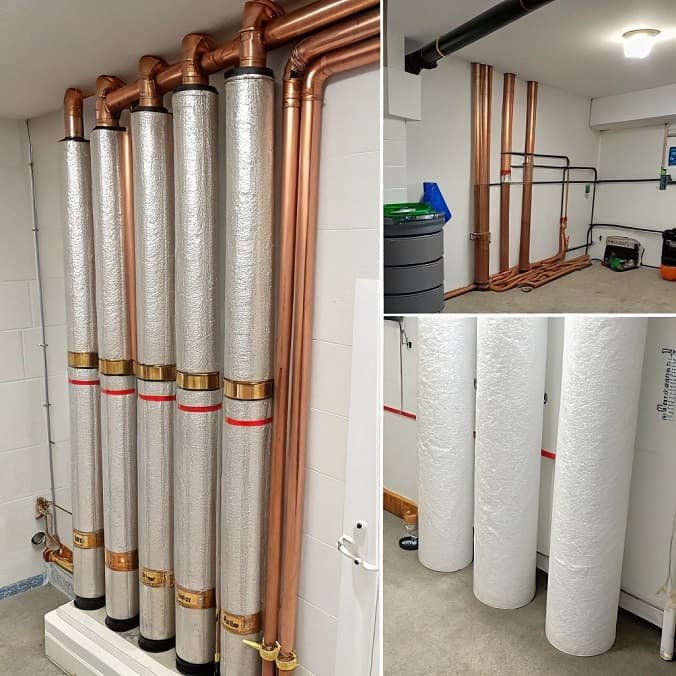
断熱材の種類
いくつかの材料は、銅パイプの絶縁に適しています, それぞれが異なるプロパティを備えています:
- グラスファイバー: 織られたガラス鎖から作られています, 優れた熱抵抗を提供し、耐火性です, お湯システムに最適にします. チューブとラップで利用できます, ただし、取り扱いはガラス繊維による刺激を引き起こす可能性があります. コストの範囲 $0.30 に $1.50 線形足ごと (トップの長所と短所 5 最高のホームパイプ断熱オプション).
- フォーム (ポリエチレン, ゴム): 柔軟でインストールが簡単です, フォーム断熱は予算に優しいです, からのコストがあります $0.20 に $1.35 線形足ごと. ポリエチレンフォームは耐湿性があります, ゴムの泡はカビ耐性で、ホットパイプとコールドパイプの両方に適していますが. しかし, フォームは、非常に熱いパイプではあまり効果的ではありません.
- 閉鎖断熱材: 優れた熱性能と水蒸気に対する耐性を提供します, 多くの場合、高効率アプリケーションで使用されます. 柔軟でインストールが簡単です, 泡に似ています.
- その他の材料: ミネラルウールとエアロゲルはあまり一般的ではありませんが、特定の高温または産業用途に使用できます, ニーズに基づいて追加のオプションを提供します.
適切な材料を選択することは、パイプの目的によって異なります (温水または冷水), 位置 (屋内, アウトドア, 無条件のスペース), および予算の制約. 例えば, 高温環境の温水パイプにはグラスファイバーが好まれます, フォームは、コストと使いやすさのためにDIYプロジェクトのために選択されることがよくありますが.
銅管を絶縁する利点
利点は多面的です, 運用効率と長期コストの両方に影響を与えます:
- エネルギー効率: 断熱により熱損失が減少します, これは、温水パイプにとって特に重要です. 研究, umass amherstなど (温室 & 花栽培: パイプ断熱: 省エネ測定 | 農業センター, 食べ物, そして、Umass Amherstの環境), までの年間節約を推定します $3.72 直径2インチのパイプの線形足ごと, 燃料コストと使用時間に応じて.
- 凍結を防ぐ: 寒い気候で, 断熱材は、凍結を超えるパイプ温度を維持します, 損傷を防ぐ. これは、地下室や屋根裏部屋のような非加熱エリアで露出したパイプにとって非常に重要です.
- 凝縮を減らす: コールドパイプを暖かく保つことによって, 断熱性は表面の水分を防ぎます, カビと腐食のリスクを減らす, 特に湿度の高い環境で.
- パイプ寿命を延長します: 断熱材は、温度の揺れと湿気からパイプを発揮します, 摩耗や裂け目を減らす, 耐久性で知られている銅パイプの寿命を延ばすことができます.
- コスト削減: 断熱材への初期投資は、多くの場合、エネルギー請求書の削減によって相殺されます. 例えば, DIYのインストールコスト $9.52 材料では約節約できます $10 毎年, 1年間の回収期間 (パブロに聞いてください: 私のパイプを断熱する価値は本当にありますか??).
追加の利点には、パイプの拡張と収縮による騒音削減が含まれます, 建築基準のコンプライアンス, エネルギー消費の低下による環境の持続可能性, 銅のリサイクル性が与えられた.
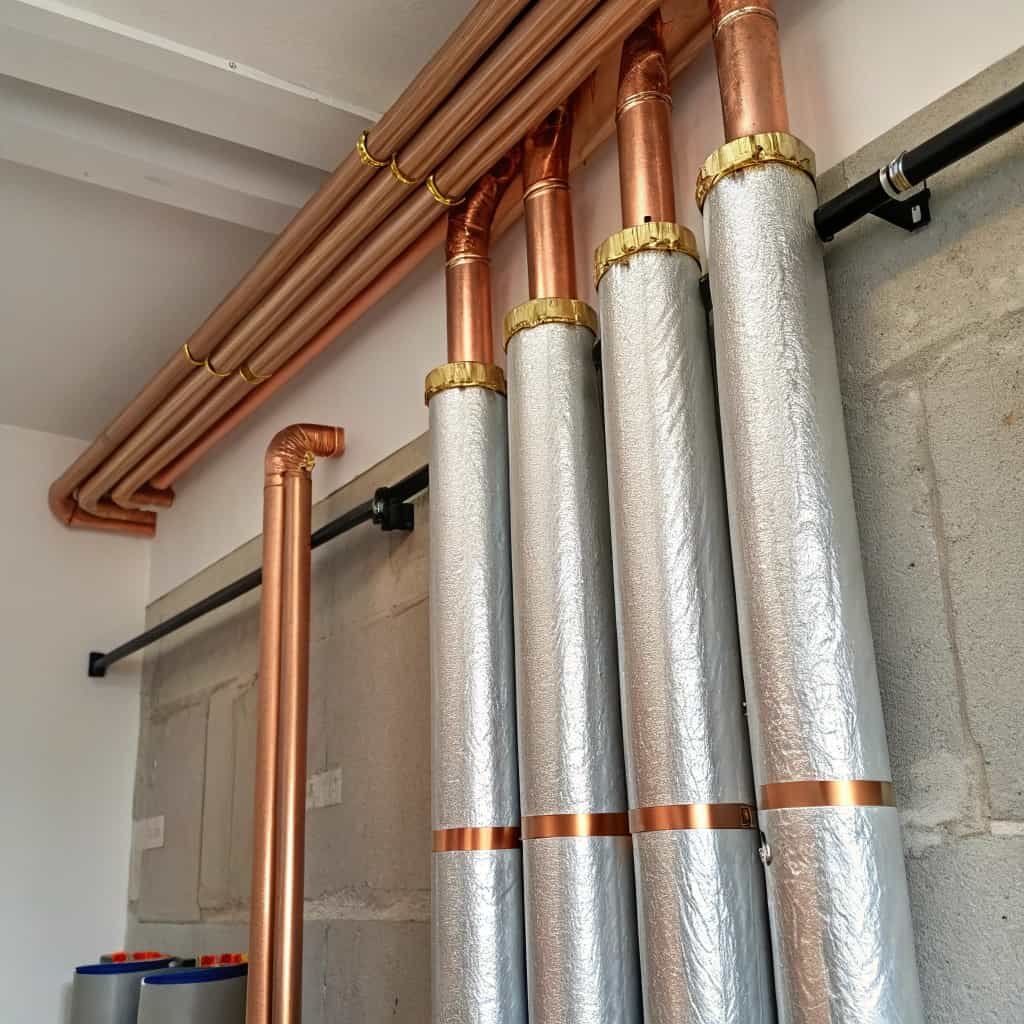
適切な断熱材を選択する方法
選択はいくつかの要因に依存します:
- 温水パイプ用: 熱抵抗が高い材料, グラスファイバーやクローズドセルフォームなど, 熱損失を最小限に抑えるために推奨されます. これらは、高温で動作するシステムに最適です, 180°Fのように, 加熱用途で見られるように.
- 冷水パイプ用: 凝縮を防ぐために、フォームまたはゴムの断熱が好ましい, 特に湿度や空調されたスペースで. これらの材料は、良好な水分抵抗を提供します, カビのリスクを減らす.
- 場所の考慮事項: 屋外パイプ用, ゴム製フォームのような耐候性材料を選択してください, 紫外線と極端な温度に耐えることができます. 屋根裏部屋のような無条件のスペースの場合, より厚い断熱 (例えば, 1-厚さインチ) 凍結に対するより良い保護についてアドバイスされています.
気候が役割を果たします: 寒い地域で, より厚い断熱が必要です, 暖かい気候の間, 焦点は凝縮制御にあるかもしれません. 地元の建築基準は、最低断熱基準を決定する場合があります, 特にエネルギー効率のため.
インストールガイド
適切な設置により、最大の効果が保証されます:
- パイプを評価して準備します: 断熱材の下に湿気をかけるのを防ぐために、パイプがきれいで乾燥していることを確認してください. 破片や腐食を取り除きます.
- 断熱材を測定して切断します: 測定テープを使用して、パイプの直径と長さを決定する. フィットするように断熱材をカットします, ぴったりのフィット感を確保します. 銅パイプ用, その外径に注意してください (O.D.) 重要です, のようなガイドに見られるように グラスファイバーパイプ断熱のための簡単な注文サイジングガイド – 銅と鉄の配管.
- 断熱材をラップします: 断熱材をパイプの周りに包みます, ギャップがないことを確認します. 事前にスリットチューブ用, 縫い目を下に合わせます.
- 接着剤またはテープで固定します: ダクトテープを使用します, 断熱テープ, または断熱材を固定するための接着剤, 安定性のためにすべての足を1〜2フィート塗ります.
- 曲がり角とジョイントを処理します: 柔軟なセクションを使用するか、曲がり角に角度を付けます, 継続的なカバレッジを確保します. 熱損失を防ぐために、追加のテープでジョイントを固定します.
必要なツールと材料には、ユーティリティナイフが含まれます, 測定テープ, 断熱テープ, 選択した断熱材. 摩耗や損傷をチェックするには、定期的な検査後のインストールをお勧めします.
よくある間違いとそれらを避ける方法
いくつかの落とし穴は、有効性を低下させる可能性があります:
- 不適切なシーリング: 縫い目を密閉できないと、湿気が浸透する可能性があります, 腐食につながります. 蒸気防止膜を使用して、タイトなシールを確保します.
- 間違った材料の選択: 非常に熱いパイプにフォームを使用すると、材料を分解できます, 効率の低下. 常に材料を温度評価に一致させます.
- 曲がり角と関節を無視します: これらの領域は、適切に断熱されていない場合、熱損失ポイントになる可能性があります. 特別なフィッティングまたはカット断熱材を使用して、しっかりとフィットします.
これらの間違いを避けるには、慎重な計画が必要です, 適切な材料の選択, インストールガイドラインに続きます, からのものなど 銅パイプの断熱材を設置する方法.
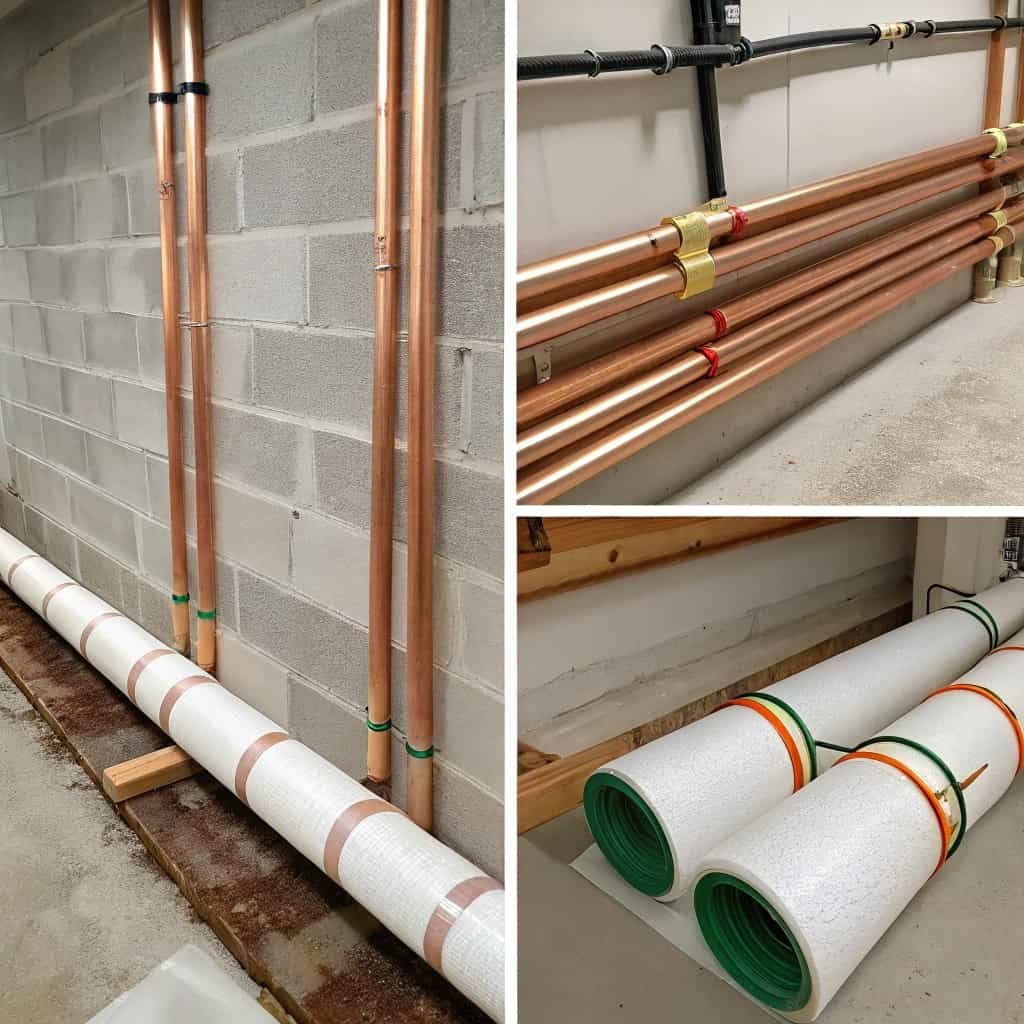
メンテナンスとトラブルシューティング
長期的な有効性を確保するため:
- 定期的な検査: 断熱材を確認してください, 水分, または着用します, 特に露出したエリアで. 年間小切手をお勧めします.
- 損傷した断熱材を処理します: 損傷したセクションを迅速に交換して、熱性能を維持します. 新しい断熱が既存の材料と互換性があることを確認してください.
- 漏れまたは腐食の問題: 視覚チェックを使用して漏れを検査します, 圧力試験, または音響メソッド. 水を調整して腐食に対処します, パイプのクリーニング, または保護コーティングを塗布します.
トラブルシューティングには、問題を早期に特定することが含まれます, 環境要因からの断熱材など, エネルギーの損失やパイプの損傷を防ぐためにそれらに対処する.
FAQと正確な回答
フォーラムや記事からの一般的な懸念に基づいています, 主な質問とその正確な答えは次のとおりです:
| 質問 | 正確な答え |
|---|---|
| 銅パイプを隔離する必要があります? | はい, 特に省エネのために, 凍結保護, 凝縮削減, ただし、セットアップを評価します. |
| 銅パイプに最適な断熱材の種類? | お湯: グラスファイバーまたは高温フォーム; 冷水: 凝縮を防ぐための泡またはゴム. |
| いくらかかりますか? | コストの範囲は、線形フィートあたり0.20〜1.50ドルです, DIYの節約により、1年以内にコストが相殺されます. |
| エネルギー節約は何ですか? | 節約は異なります; 例えば, 2インチのパイプでは、年間最大3.72ドル/線形足, 燃料コストに応じて. |
| パイプ断熱材を正しく取り付けるにはどうすればよいですか? | きれいなパイプ, 断熱材を測定して切断します, しっかりとラップします, テープで固定します, ベンドとジョイントをカバーします. |
| 断熱材はパイプの性能に影響しますか? | 適切な断熱材は、温度を維持することで性能を向上させます; 設置が不十分な場合、水分を閉じ込めることができます, リスクの腐食. |
| 断熱材の損傷のリスクはありますか? | はい, 正しくインストールされていない場合, 水分をトラップすることができます, 腐食につながります; 適切なシーリングを確認してください. |
| 費用便益分析とは何ですか? | 初期コスト (例えば, $9.52 DIYの場合) vs. 節約 ($8 - 年間12ドル), 多くの場合、1年間の回収があります. |
これらの回答は、主な懸念に対処しています, ユーザーに正確なガイダンスを提供します.
追加の考慮事項
断熱は一般的に有益ですが, それが価値がないかもしれないシナリオがあります:
- 絶縁されたスペースで: パイプがすでに暖かい場合, 断熱領域, 熱損失は最小限になる場合があります, 断熱材の費用対効果が低下します.
- ショートパイプが実行されます: 非常に短い距離の場合, 節約されたエネルギーは、コストを正当化しないかもしれません.
- 潜在的な欠点: 断熱は一般的に有益ですが, 断熱を介した伝導により、特定のシナリオで熱損失を増加させることができるかどうかについて議論が存在します, 特に正しくインストールされていない場合. これは、適切な材料の選択とインストールの重要性を強調しています.
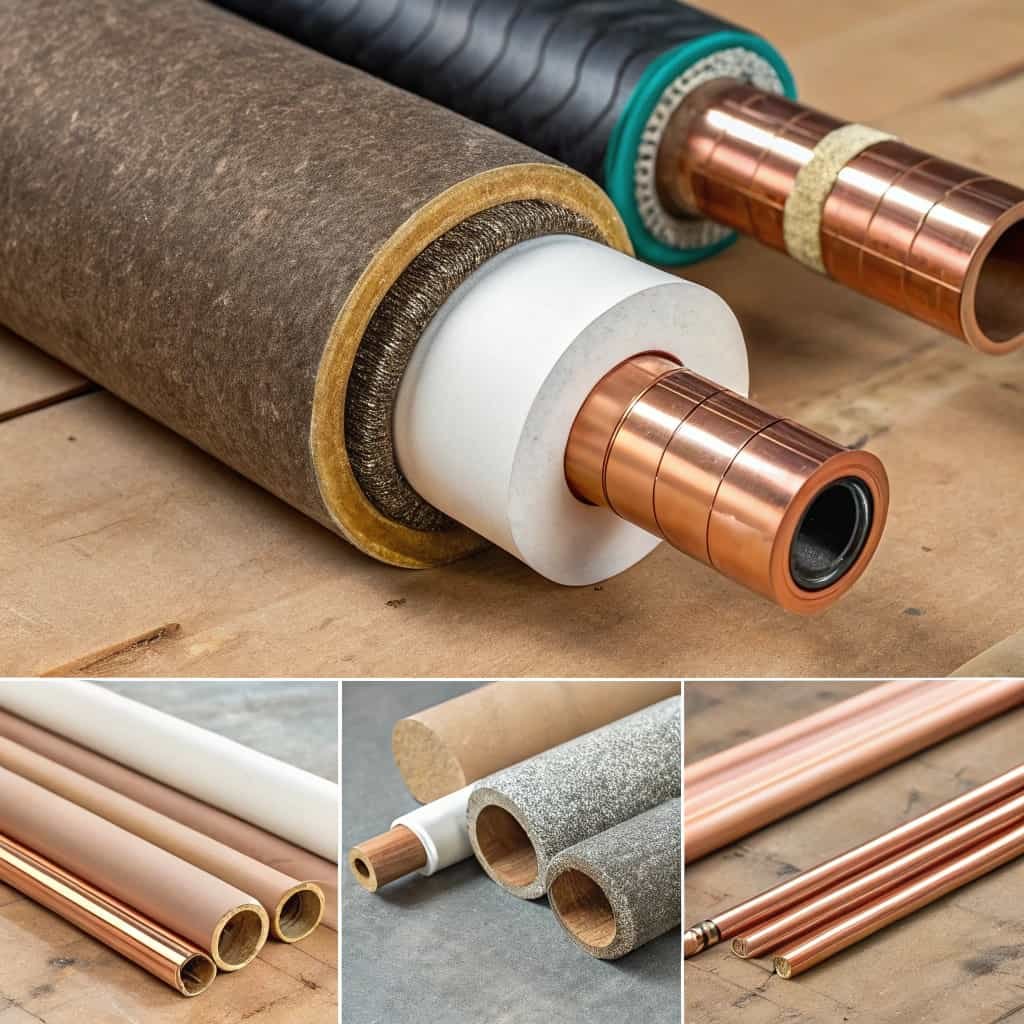
結論
銅パイプの断熱は、配管システムの効率と耐久性を高めることを目指している住宅所有者または企業にとって実用的で費用対効果の高いソリューションです. 熱損失を最小化することにより, 凍結を防ぐ, 凝縮を減らします, エネルギーを節約するだけでなく、コストも削減します. さまざまな断熱オプションと簡単なインストール手順があります, DIY愛好家やエネルギー効率を向上させることを目指している人にとっては、アクセス可能なアップグレードです。. 銅パイプの断熱材への投資は、快適さと節約の両方で報われる賢明な選択です.
コメント?
ようこそメッセージを残すか、再投稿してください.



